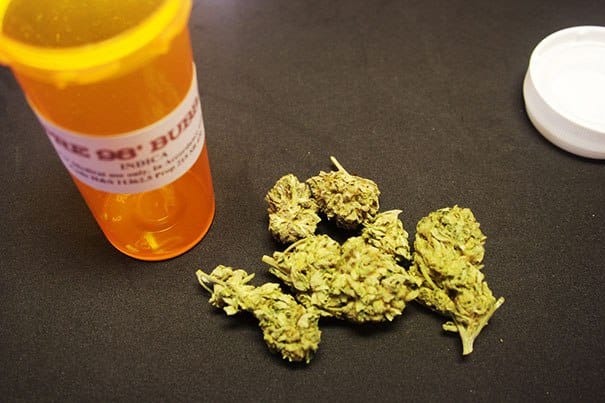Why we need science to catch up with our concentrates
It should come as no surprise to learn that there is much we don’t yet know about cannabis and cannabinoids. The proliferation of basic research in countries like Canada and Israel have helped spread the importance of cannabinoid science significantly. However, without concrete clinical data conducted in high-quality studies, these discoveries will never cross the boundary into effective therapeutics or informed dosing regimens.
Clinical trials are the process by which scientific experimentation is done in humans. There are four phases of clinical trials, each with a progressively greater scope and higher standard of safety expectation. Successful clinical trials demonstrate significant effectiveness of their treatment with minimal to moderate risk to health and safety. These trials should also demonstrate the pharmacokinetics (ADME; absorption, distribution, metabolism, excretion) and effective doses of the drug. This data helps inform physicians as to how much of the medication they ought to prescribe, at what frequency to recommend the patient take it, for how long, and if there are any side effects or contraindications (bad mixtures) to be aware of .
Our concentrates have certainly and clearly eclipsed, even lapped, the current level of scientific knowledge we have. Outside of Drabinol™ and Epidiolex™, there have been no high-quality, dose-response studies which have demonstrated the concentrations at which THC, CBD, or cannabis extracts are effective in general – certainly not to speak of concentrations at which they are effective for specific conditions. Any recommendations that are out there are entirely and completely speculative—and that is not something you want for your medications.
The climate of clinical trial data is arid and dry, with very little help in relieving the drought forthcoming in the near future. It is kept that way very purposefully by the people in charge. Though they ostensibly support FDA-sponsored cannabinoid research, the DEA limits the availability of research-grade cannabis to cultivars that massively under represent current market availability. They also limit the cultivation and distribution of said cannabis to a single facility at the University of Mississippi (of all places). Finally, they make the entire application process arduous and Sisyphean, discouraging many reputable research and pharmaceutical institutions from even pursuing the possibility of cannabis concentrate clinical experiments.
So, while some cannabis-based and cannabinoid therapies are slowly making their way to market, the vast majority of potential uses for cannabis remain virtually untapped












